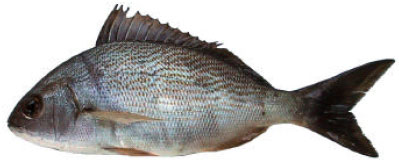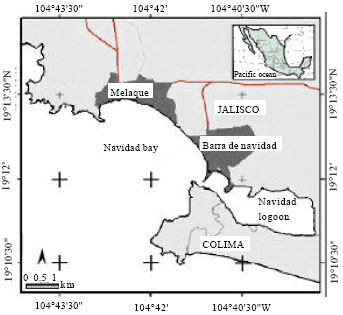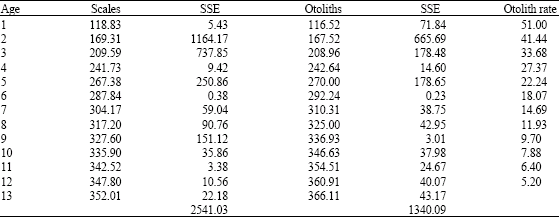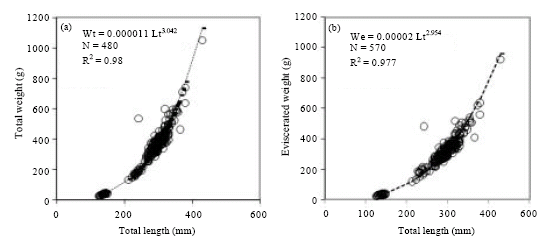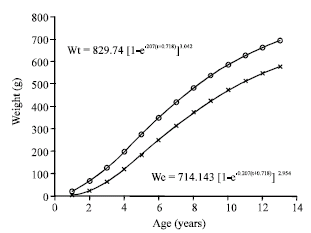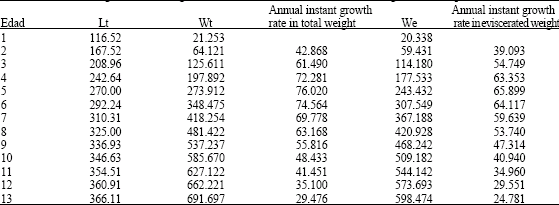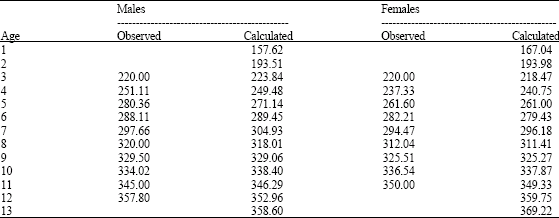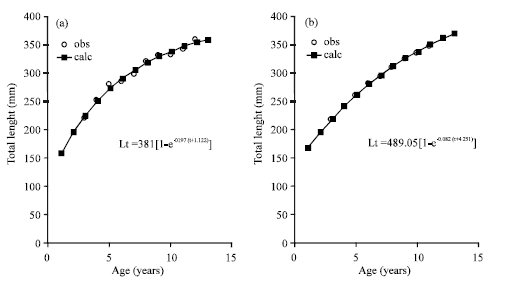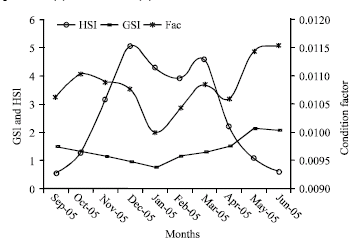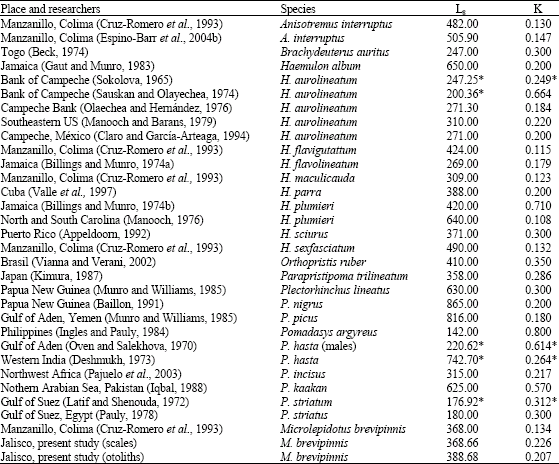Research Article
Growth Analysis of Microlepidotus brevipinnis from the Pacific Coast of Jalisco, Mexico
CRIP-Manzanillo, INAPESCA, Playa Ventanas s/n, Manzanillo, Colima, 28200, Mexico
M. Gallardo-Cabello
Unidad de Ecolog�a Marina, Instituto de Ciencias del Mar y Limnolog�a, Universidad Nacional Aut�noma de Mexico, D.F.C.P. 04510, Mexico
K. Granados-Flores
Unidad de Ecolog�a Marina, Instituto de Ciencias del Mar y Limnolog�a, Universidad Nacional Aut�noma de Mexico, D.F.C.P. 04510, Mexico
E.G. Cabral-Solis
CRIP-Manzanillo, INAPESCA, Playa Ventanas s/n, Manzanillo, Colima, 28200, Mexico
A. Garcia-Boa
CRIP-Manzanillo, INAPESCA, Playa Ventanas s/n, Manzanillo, Colima, 28200, Mexico
M. Puente-Gomez
CRIP-Manzanillo, INAPESCA, Playa Ventanas s/n, Manzanillo, Colima, 28200, Mexico









